Physical activity is fundamental to maintaining good health and overall wellbeing for both children and adults.
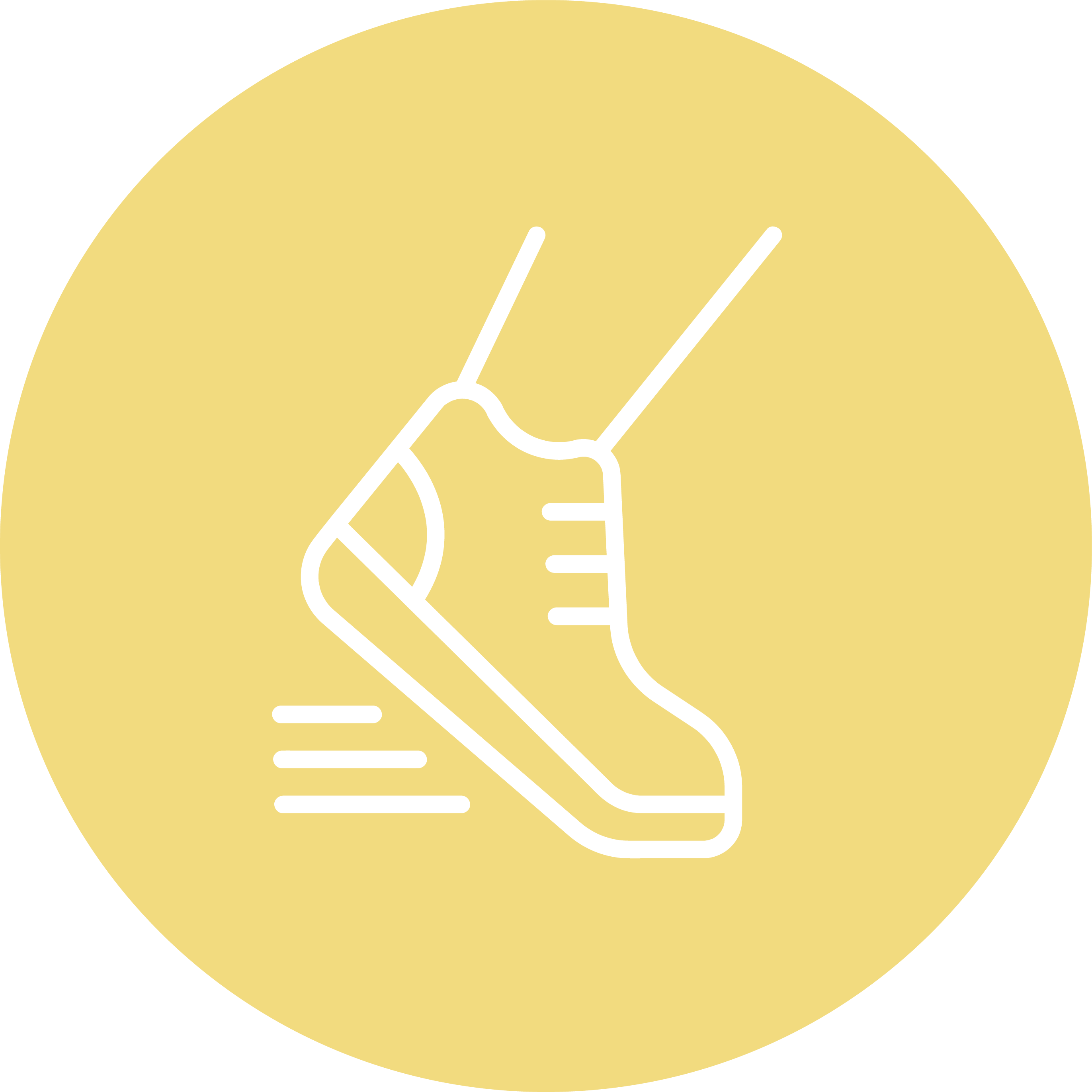
Kickstart your journey to a healthier lifestyle! Sit less. Move more.
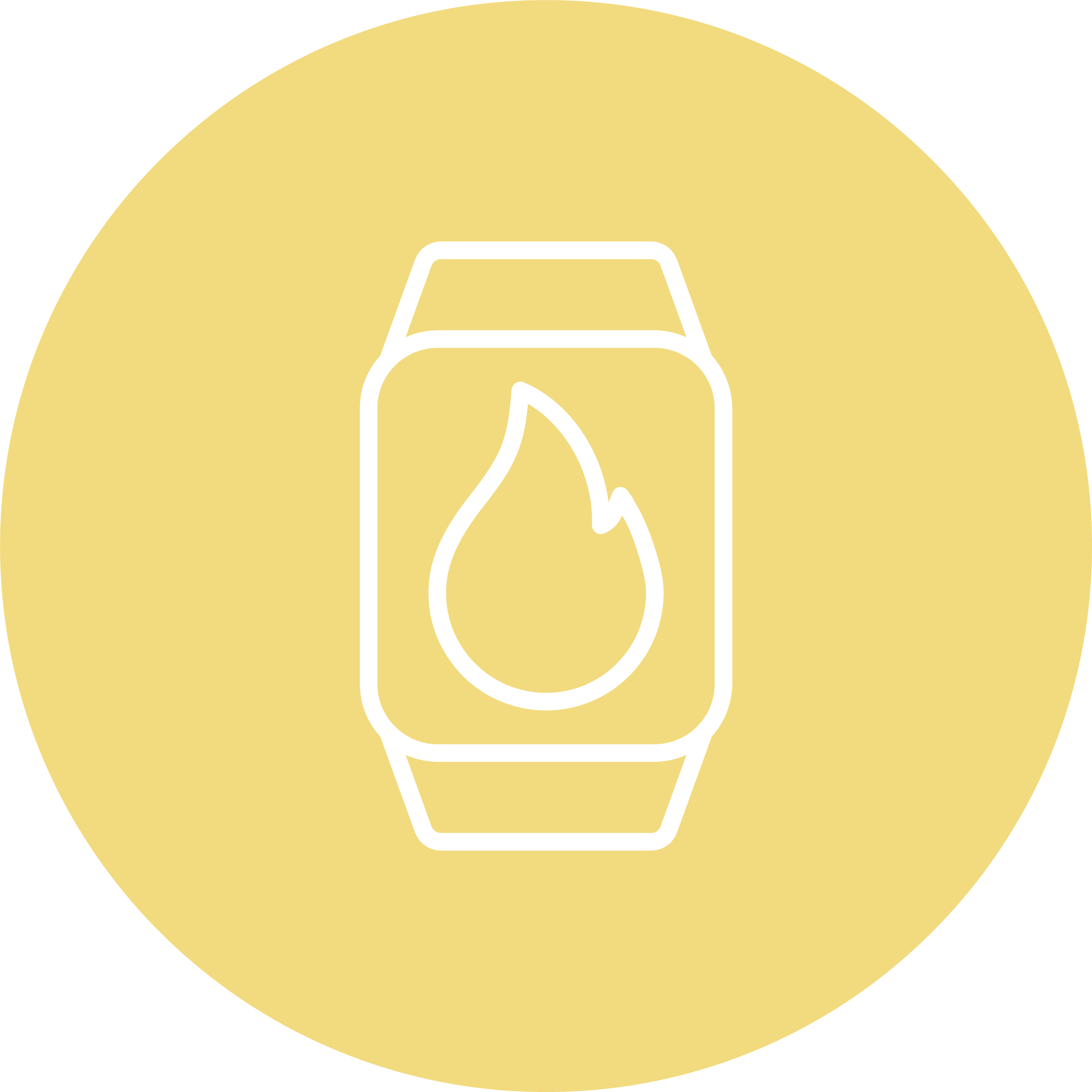
Set yourself up for success with SMART goals to stay motivated and on track!
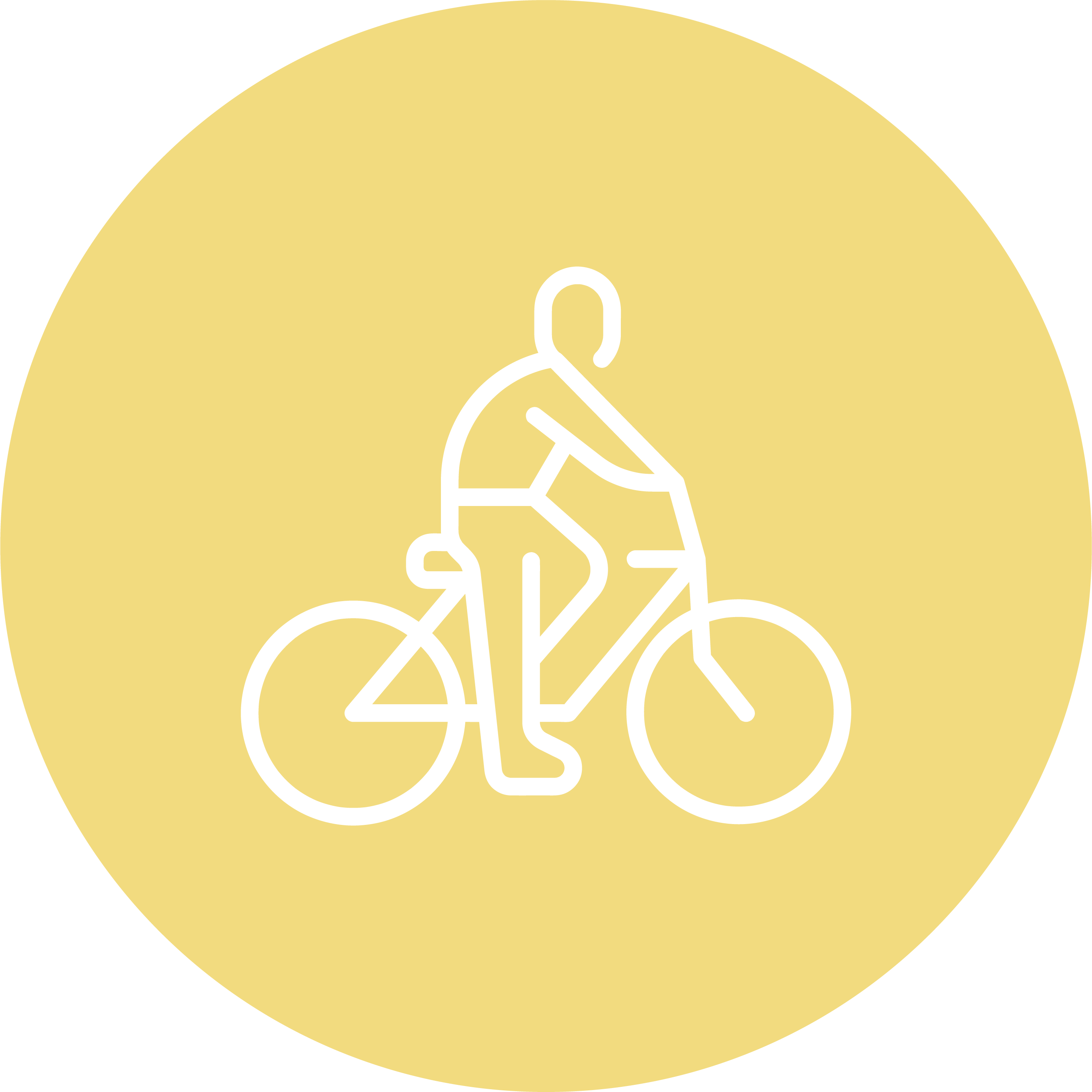
Browse aerobic, strength and flexibility exercises you can do at home.
Did you know physical activity can help
you feel better the same day?
• Boosts mood
• Sharpens focus
• Reduces stress
• Improves sleep
Over time, regular physical activity can
help prevent chronic diseases, such as:
• Heart disease
• Stroke
• High blood pressure
• High cholesterol
• Type 2 diabetes
• Cancer
• Depression
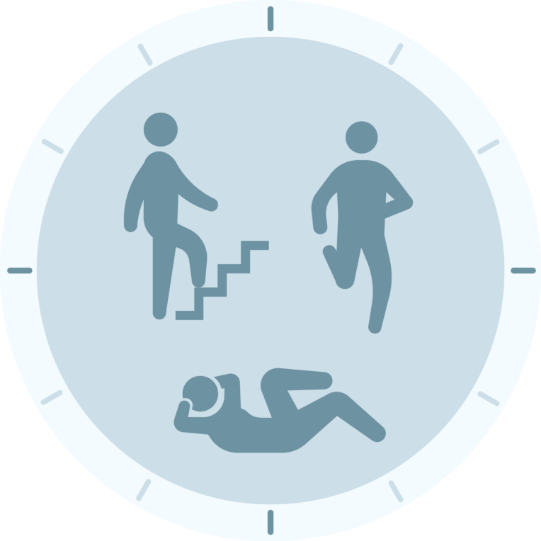
At least 150 minutes of aerobic activity (moderate-intensity activity) per week and at least 2 days per week of muscle-strengthening activity
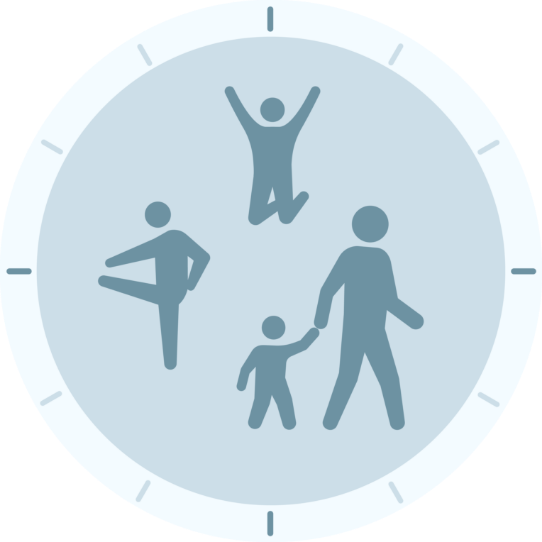
60 minutes of physical activity every day; at least 3 days should include muscle and bone strengthening activity like jumping, climbing and running

If you have current health issues, ask a medical professional for advice on safe workouts.
If you have not been physically active,
ease into exercise.
If you experience chest tightness or pain or difficulty breathing while exercising, stop immediately and seek medical help.
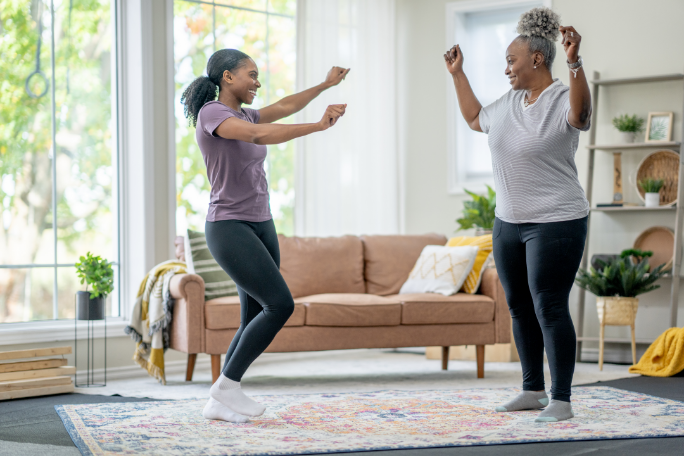
Sedentary time is the amount of time spent sitting, reclining or laying down. Sedentary activities include watching TV, scrolling on a mobile device, sitting at a desk or driving for extended periods of time.
Too much sedentary time can have negative effects on both physical and mental health. In addition to regular physical activity, it is important to break up long periods of sitting or lying down with frequent standing or movement breaks throughout the day.
“I will walk for 15 minutes 3 mornings this week.”
“I will take 10,000 steps today.”
“I will stretch for 10 minutes after work.”
“I will do muscle-strengthening exercises twice a week to prevent injury.”
“I will walk a marathon in a month and track daily miles.”
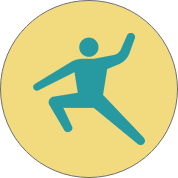
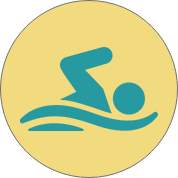
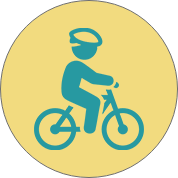
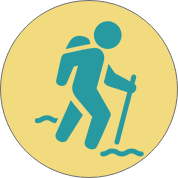
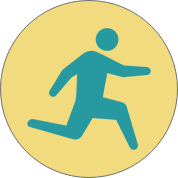
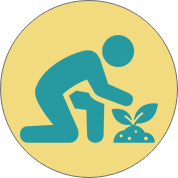
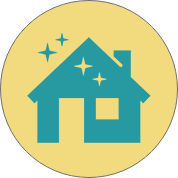
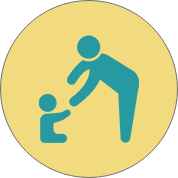
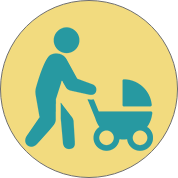
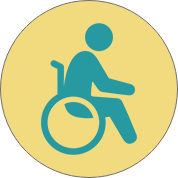
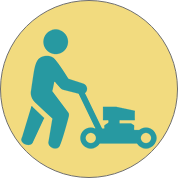
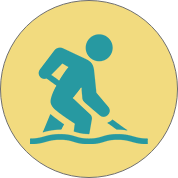
This material was partially funded by USDA’s Supplemental Nutrition Assistance Program (SNAP) under an agreement with the State
of Tennessee and partially funded by USDA’s Expanded Food and Nutrition Education Program (EFNEP).
This institution is an equal opportunity provider.